1. Interstate 81 – Syracuse, New York
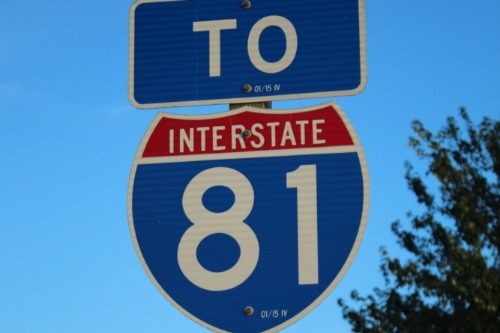
When I-81 was first built in the 1950s, it sliced right through downtown Syracuse, dividing neighborhoods and draining urban life. But decades later, its planned redesign became a project meant to save the city—by tearing down the aging viaduct and reconnecting the downtown grid. The new “Community Grid” plan aims to reunite areas long separated and stimulate downtown investment. It’s one of the clearest examples of a highway literally being rebuilt to restore, not remove, a city’s vitality.
Syracuse’s case is unique because the highway’s removal was designed as a kind of urban repair. Instead of rebuilding the elevated road, engineers chose to reroute traffic around the city and prioritize walkability and redevelopment. Local businesses have already begun to anticipate the benefits. This transformation shows how a 20th-century project meant to “save time” is being rebuilt to save a city.
2. Interstate 10 – New Orleans, Louisiana
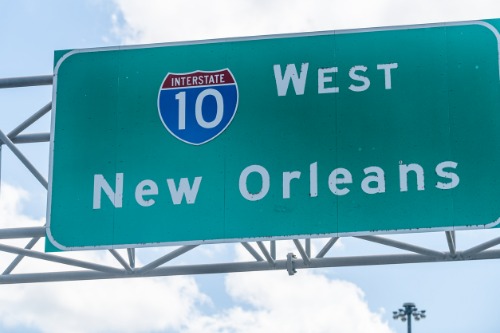
I-10’s Claiborne Expressway tore through a thriving Black business district when it opened in the 1960s, devastating the Treme neighborhood. Today, city and federal leaders are studying plans to remove or redesign that section to bring life back to Claiborne Avenue. The goal isn’t just traffic improvement—it’s economic justice and urban healing. If realized, it could set a national precedent for highways that help cities recover from earlier mistakes.
The redesign effort is rooted in the belief that mobility and community health can coexist. By restoring the oak-lined boulevard that once stood beneath the overpass, New Orleans hopes to attract new businesses and reconnect neighborhoods. Federal infrastructure grants have already been earmarked to study these impacts. In a sense, I-10’s new purpose may be to undo its original harm.
3. Interstate 95 – Philadelphia, Pennsylvania
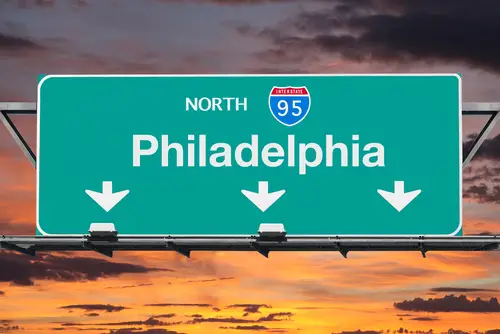
In Philadelphia, I-95 was built to strengthen industrial access along the Delaware River. By the 2010s, however, its aging structure began cutting the city off from its waterfront, limiting growth. The city’s massive “I-95 Central Access Philadelphia” project is rebuilding sections with caps, parks, and walkways to bring people back to the river. That investment has been sold as a way to save Philadelphia’s connection to one of its greatest assets.
What’s fascinating is how the project reframes what a highway can do. Instead of just moving cars, it now acts as infrastructure for public space. The new park caps are expected to drive development and tourism, all while softening the environmental footprint. In a literal sense, I-95 is being rebuilt to reconnect the city it once divided.
4. Interstate 35 – Minneapolis, Minnesota
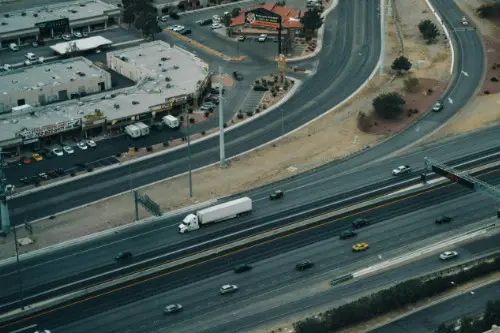
After years of protests over its division of neighborhoods, I-35W through Minneapolis has been reshaped to restore connections across the freeway. The recent “I-35W@94: Downtown to Crosstown” project added new transit lanes, bike infrastructure, and green bridges to knit the city back together. The idea was to make a highway that supports the city’s goals rather than undermines them. It’s an engineering story with a social mission.
That redesign also prioritized equity. The project’s centerpiece—an expanded Lake Street transit hub—was built specifically to serve lower-income residents who rely on buses. Environmental impacts were reduced, and stormwater systems were modernized to prevent flooding in nearby communities. By modern standards, this is a highway built to save neighborhoods instead of slicing them apart.
5. Interstate 40 – Oklahoma City, Oklahoma
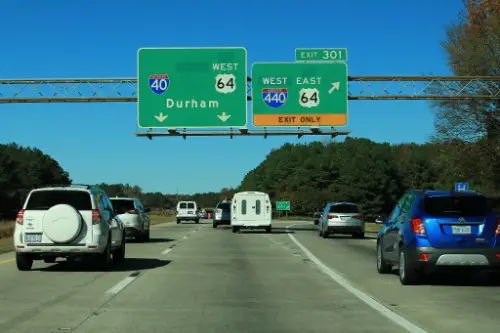
Oklahoma City faced an urban crisis when I-40’s elevated Crosstown Expressway began to crumble. Instead of just rebuilding it in place, leaders moved the new highway south of downtown, freeing up 40 acres for redevelopment. That decision gave birth to the booming Core to Shore district, now filled with parks, offices, and new housing. The highway shift quite literally rescued downtown from decay.
City planners had feared that repairing the old structure would cement decades of blight. Instead, the relocation let Oklahoma City reconnect to its riverfront and attract billions in private investment. The new alignment also improved safety and traffic flow while cutting noise pollution downtown. In this case, a rerouted highway truly saved a city’s center.
6. Interstate 70 – Denver, Colorado
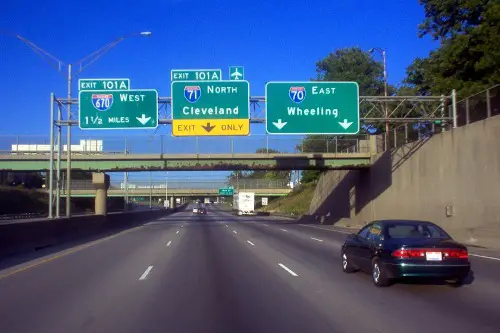
In Denver, the I-70 corridor reconstruction aimed to fix flooding, pollution, and disconnection in the Elyria-Swansea neighborhood. The $1.2 billion project buried part of the highway and built a four-acre park over it. Residents gained green space, cleaner air, and safer access across the freeway. It’s a rare story where rebuilding a highway became a community investment.
The project had its controversies, but its design reflects lessons from decades of urban planning. By creating space for people above the traffic, Denver found a way to balance mobility with livability. Children now play over what used to be a noisy trench of asphalt. For all its cost, it’s an example of how a city used infrastructure to mend its urban fabric.
7. Interstate 94 – Detroit, Michigan
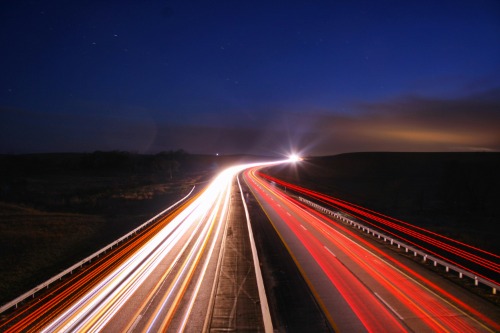
I-94 was meant to fuel Detroit’s mid-century prosperity, but decades of decline left its corridor as a symbol of disconnection. Current plans to redesign sections of it aim to reconnect downtown to nearby neighborhoods and support long-term redevelopment. The project includes capping portions of the highway and reworking interchanges for safer crossings. In a city rebuilding itself, that kind of project matters deeply.
For Detroit, these highway changes go beyond infrastructure—they’re a sign of recovery. After years of population loss, reconnecting urban grids can attract residents and investment. Planners hope that taming I-94 will heal historic divisions while supporting new housing. In that sense, it’s a highway built to save a city trying to rise again.
8. Interstate 5 – Seattle, Washington
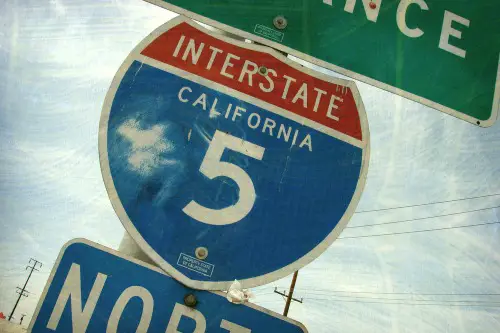
When I-5 cut through Seattle in the 1960s, it split downtown from First Hill, leaving a concrete canyon in its wake. Today, the city is planning to “lid” several blocks of the freeway, creating parks and development above it. The project, called “Lid I-5,” is intended to reunite neighborhoods and reduce noise while unlocking real estate for affordable housing. It’s a literal bridge between past mistakes and future resilience.
Seattle’s dense urban growth has made this project urgent. By reclaiming the space above I-5, the city can add public amenities and reduce pollution impacts. Urban planners hope it’ll serve as a model for re-stitching divided downtowns. It’s proof that even a concrete gash can become green again.
9. Interstate 75 – Cincinnati, Ohio
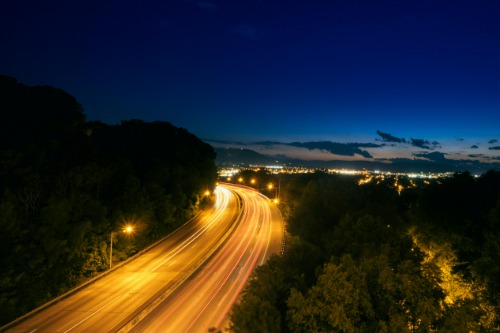
Cincinnati’s Brent Spence Bridge Corridor project on I-75 is about far more than a new bridge—it’s about regional revival. The project will improve connections between Cincinnati and Covington, boosting commerce and safety. Leaders argue it will make downtown more accessible while cutting congestion that’s stifled economic growth. It’s a highway upgrade with clear urban stakes.
For decades, that corridor was a choke point that slowed goods and workers. Now, federal funding has turned it into one of the most ambitious regional mobility projects in the country. The new bridge and reworked interchanges are designed to help the city grow sustainably. In short, I-75’s overhaul aims to save both a city and its economy.
10. Interstate 30 – Little Rock, Arkansas
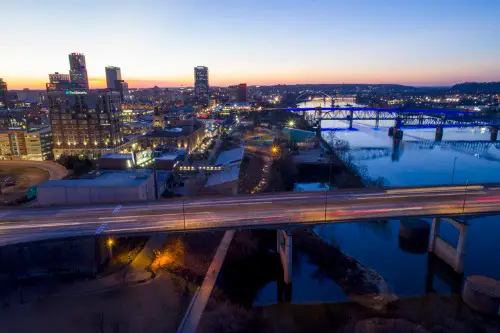
Little Rock’s “30 Crossing” project seeks to modernize a crumbling downtown expressway while making it safer for drivers and more compatible with city life. The redesign includes new bridges and interchange improvements meant to reduce flooding and enhance pedestrian routes. Critics worry about widening, but supporters say it will protect downtown’s infrastructure and spur reinvestment. In a flood-prone capital, that’s a matter of survival.
The project also aims to tame dangerous on-ramps that have plagued commuters for years. With better drainage and design, the city hopes to avoid costly closures and attract businesses back to the core. For Little Rock, saving the city means keeping its central artery safe and functional. It’s practical urban rescue through asphalt.
11. Interstate 11 – Las Vegas, Nevada
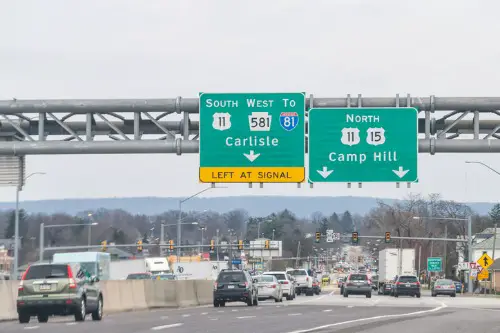
This relatively new highway was conceived to save Las Vegas from crippling freight congestion. Before I-11, trucks had to navigate crowded surface roads, slowing tourism and logistics. By linking the city more efficiently to Phoenix and the West Coast, the project aimed to sustain Las Vegas’s economy and reduce emissions from idling vehicles. It’s a highway built not out of nostalgia, but necessity.
What makes I-11 notable is its future focus. It’s designed to serve as part of a proposed “Intermountain West Corridor,” strengthening inland trade routes that bypass overburdened coastal ports. For Las Vegas, that means long-term economic security. The road’s mission is to preserve prosperity in a desert city that depends on constant motion.
12. Interstate 64 – Louisville, Kentucky
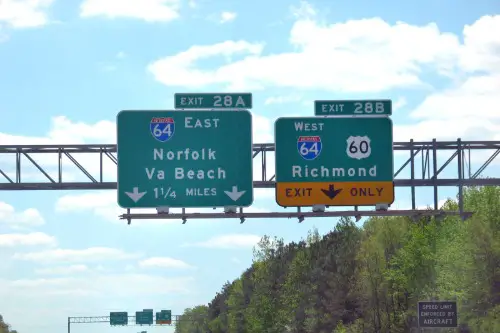
Louisville’s downtown waterfront could have vanished under freeway sprawl if not for the city’s push to remake I-64. The Waterfront Park project reclaimed land beside the expressway, proving highways and parks could coexist. By integrating new design, lighting, and pedestrian access, Louisville turned a liability into an attraction. The results have boosted tourism and civic pride alike.
It’s a classic case of infrastructure adaptation. Instead of burying the highway or tearing it down, the city reimagined the space around it. Now the park draws millions of visitors each year and anchors new development. In a tangible way, I-64 helped save Louisville’s downtown life.
13. Interstate 376 – Pittsburgh, Pennsylvania
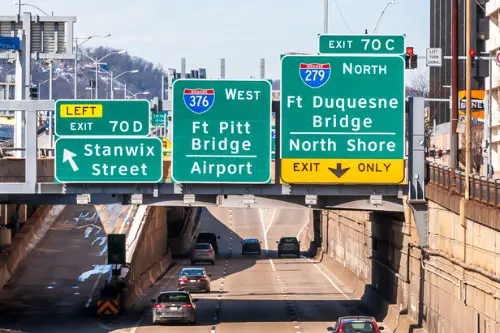
Once known as the “Parkway East,” I-376 was central to Pittsburgh’s post-steel recovery strategy. The highway linked downtown to the airport and universities, giving the city a modern transportation backbone. While many cities were hollowing out, Pittsburgh leveraged this link to transition to a tech and education economy. In a sense, it’s a highway that carried a city from collapse to reinvention.
Over the years, upgrades and tunnels kept it viable even as traffic patterns evolved. Without it, the city’s economic revival might have faltered under poor accessibility. The road doesn’t just serve commuters—it connects innovation districts and cultural hubs. It’s proof that sometimes, saving a city means keeping it connected to the world.
This post 13 Highways Built to Save Cities was first published on American Charm.


